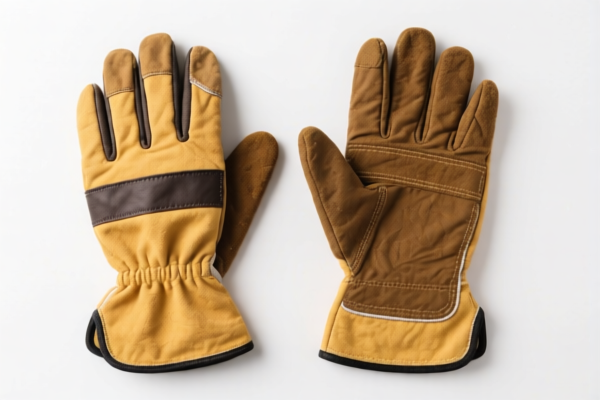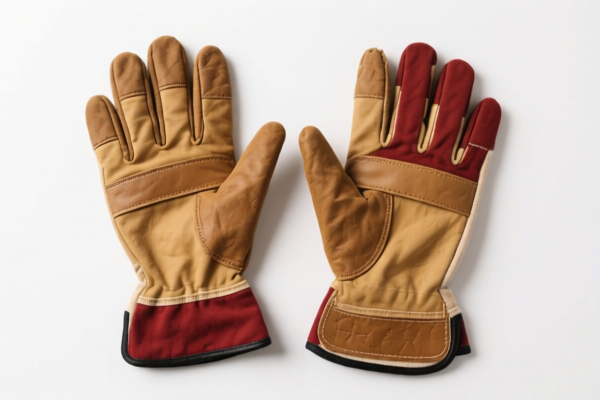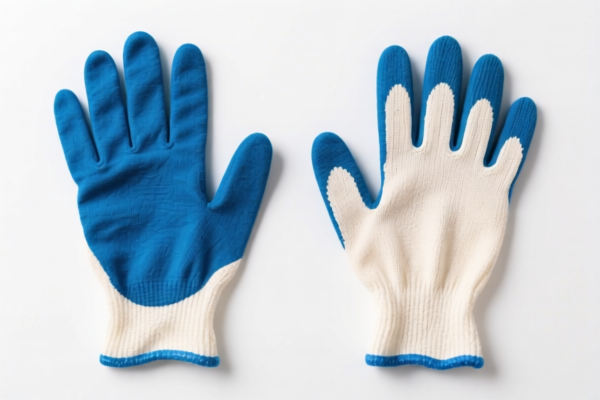| HS Code | Official Doc | Tariff Rate | Origin | Destination | Effective Date |
|---|---|---|---|---|---|
| 6406106500 | Doc | 37.5% | CN | US | 2025-05-12 |
| 6406906000 | Doc | 37.5% | CN | US | 2025-05-12 |
| 6405100030 | Doc | 47.5% | CN | US | 2025-05-12 |
| 6405100060 | Doc | 47.5% | CN | US | 2025-05-12 |
| 3926201010 | Doc | 30.0% | CN | US | 2025-05-12 |
| 3926201020 | Doc | 30.0% | CN | US | 2025-05-12 |
| 3924104000 | Doc | 33.4% | CN | US | 2025-05-12 |
| 3924905650 | Doc | 40.9% | CN | US | 2025-05-12 |




1920s Gloves
Gloves in the 1920s were a significant fashion accessory, evolving considerably from the longer styles of the Victorian era to reflect the changing social landscape and emerging aesthetics of the decade. They served both a practical and decorative purpose, signifying status and completing an outfit.
Material
- Kidskin: The most popular material, prized for its softness, suppleness, and elegant appearance. Often used for evening and dress gloves.
- Leather: Used for more durable, everyday gloves, often in shades of brown, black, or tan.
- Suede: A softer alternative to leather, favored for its texture and more casual look.
- Fabric: Silk, rayon, and knitted fabrics were used for less expensive gloves, particularly for daytime wear and warmer weather. Often embroidered or beaded.
Purpose & Function
- Fashion Accessory: Primarily to complement and complete an outfit. Color and style were crucial.
- Social Etiquette: Gloves were considered essential for polite society. Wearing them indicated respectability and good breeding. Bare hands were often considered improper in public.
- Practicality: Provided warmth and protection from the elements, though this was secondary to their fashion role.
- Hygiene: Gloves offered a barrier against dirt and germs, particularly important before widespread access to modern sanitation.
Usage Scenarios
- Daytime Wear: Shorter gloves, typically wrist-length or elbow-length, were worn with suits, dresses, and coats. Colors were often conservative – browns, blacks, greys, and beiges.
- Evening Wear: Longer gloves, reaching above the elbow (often referred to as "opera gloves"), were essential for formal occasions like dances, theater visits, and dinner parties. These were commonly made of silk or kidskin and came in a wider range of colors, including white, silver, gold, and pastel shades.
- Driving: Specialized driving gloves, often made of leather, were becoming increasingly popular with the rise of automobile ownership.
- Sporting Events: Gloves were worn for activities like tennis, golf, and riding, providing grip and protection.
Common Types & Styles
- Wrist-Length Gloves: The most common style for everyday wear.
- Elbow-Length Gloves: Popular for more formal daytime occasions and as a transitional style.
- Opera Gloves: Long gloves, typically 24 inches or longer, extending well above the elbow. Often made of silk and worn with evening gowns.
- Gauntlets: Gloves with a flared cuff extending over the wrist, providing extra warmth and a more dramatic look.
- Mesh Gloves: Delicate gloves made of knitted or crocheted mesh, often embroidered with beads or sequins for evening wear.
- Driving Gloves: Leather gloves with a snug fit and often featuring perforations for ventilation.
- Embroidered Gloves: Gloves decorated with intricate embroidery, often floral or geometric patterns.
The declared goods are gloves originating from the 1920s. Based on the provided information, classifying these gloves requires considering their material and intended use. The following HS codes are potentially relevant:
- 3926201010: This HS code covers seamless surgical and medical gloves. If the 1920s gloves are specifically designed for medical or surgical purposes, this code applies. The tax rate is currently 0.0% base tariff and 0.0% additional tariff, increasing to 30.0% after April 2, 2025.
- 3926201020: This HS code applies to seamless gloves that are not surgical or medical, specifically disposable ones. If the 1920s gloves are seamless and intended for general use as disposable gloves, this code is applicable. The tax rate is currently 0.0% base tariff and 0.0% additional tariff, increasing to 30.0% after April 2, 2025.
- 3926.20: While not a specific code, this heading broadly covers gloves and mittens made of plastics or other materials. However, without further detail on the material composition, it's difficult to determine if this is the correct classification.
- 6406.20: This chapter covers parts of footwear, including uppers. It is unlikely that gloves would fall under this category unless they are specifically designed as components of footwear.
Important Considerations:
The material composition of the gloves is crucial for accurate classification. If the gloves are made of leather, the following codes may be relevant:
- 3926201010: If the gloves are seamless surgical or medical gloves made of leather.
- 3926201020: If the gloves are seamless gloves (not surgical or medical) made of leather.
If the gloves are made of plastics, the codes 3926201010 and 3926201020 are applicable, depending on whether they are seamless and their intended use.
According to the provided reference material, the HS code options related to '1920s gloves' are limited, with only the following 4 found.
Customer Reviews
I loved the detailed breakdown of the different glove styles from the 1920s. Very informative and well-organized.
The explanation of HS Code 3924905650 and its tariff rate was spot on. Great for anyone dealing with plastic gloves.
The review of 1920s glove materials and their uses was fascinating. Definitely helped me understand the historical context.
The site has good HS code info, but I wish there were more examples of how to apply the classification in real situations.
The information on the different types of 1920s gloves was really helpful. I learned a lot about their use and materials.